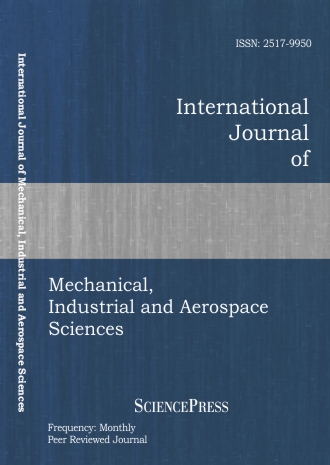
Scholarly
Volume:3, Issue: 3, 2009 Page No: 252 - 257
International Journal of Mechanical, Industrial and Aerospace Sciences
ISSN: 2517-9950
1822 Downloads
A Study of Relationship between WBGT and Relative Humidity to Worker Performance
The environmental factors such as temperature and relative humidity are very contribute to the effect of comfort, health, performance and worker productivity. To ensure an ergonomics work environment, it is possible to require a specific attention especially in industries. The aim of this study is to show the effect of temperature and relative humidity on worker productivity in automotive industry by taking a workstation in an automotive plant as the location to conduct the study. From the analysis of the data, there were relationship between temperature and relative humidity on worker productivity. Mathematical equation to represent the relationship between temperatures and relative humidity on the production rate is modelled. From the equation model, the production rate for the workstation can be predicted base on the value of temperature and relative humidity.
Keywords:
References:
[1] Attwood, D.A., Deeb, J.M. & Danz-Reece M.E. 2004. Ergonomic